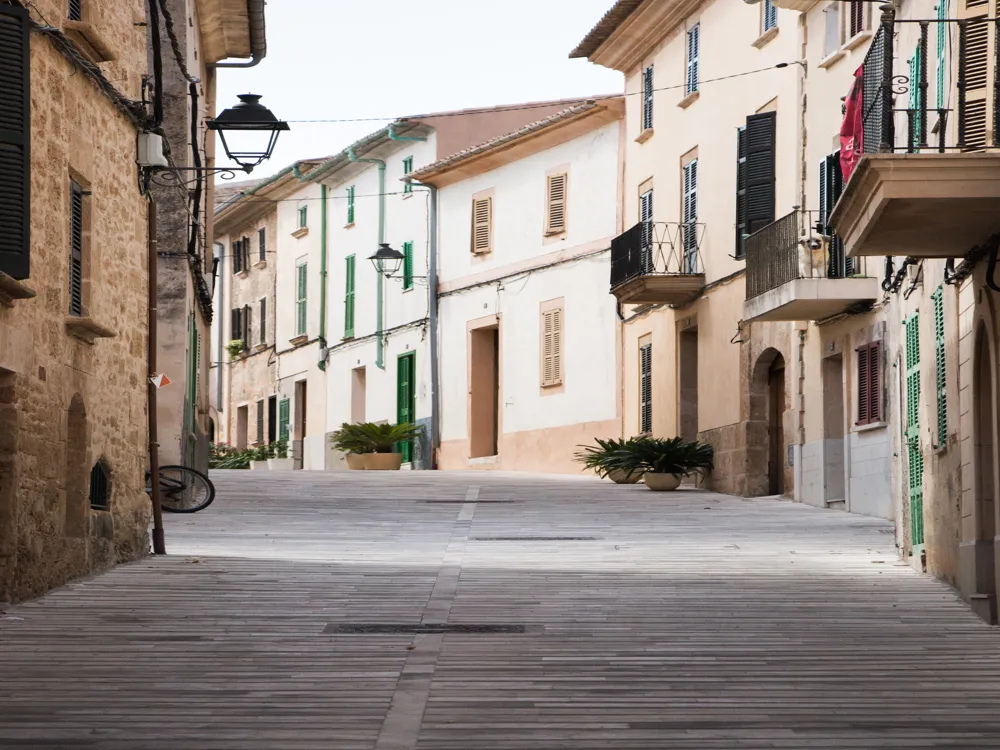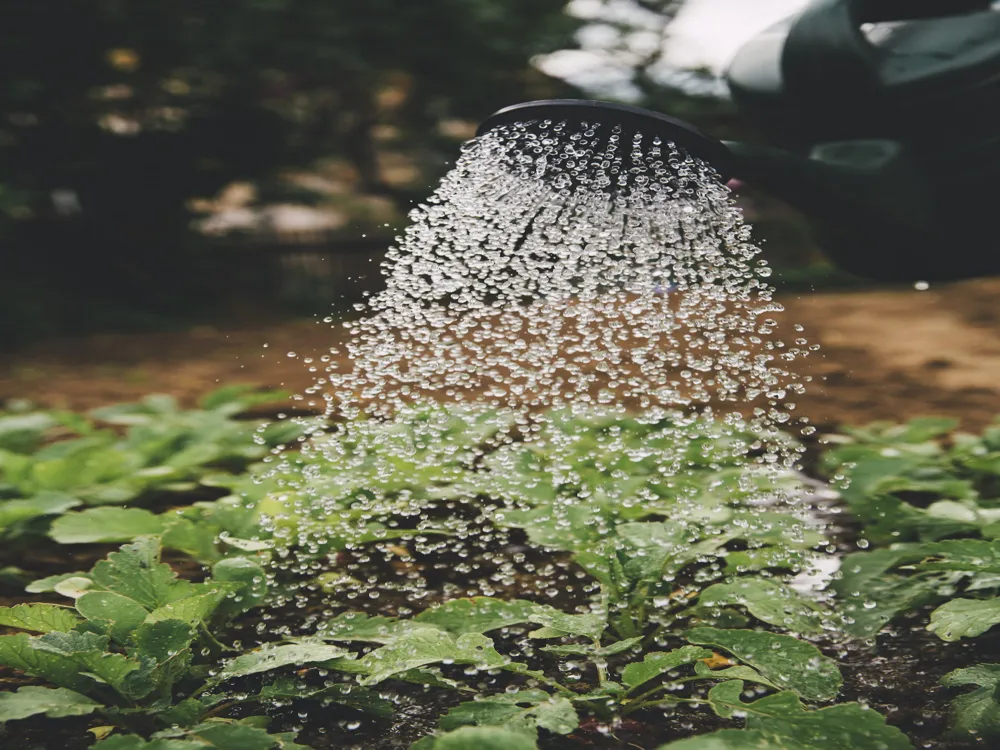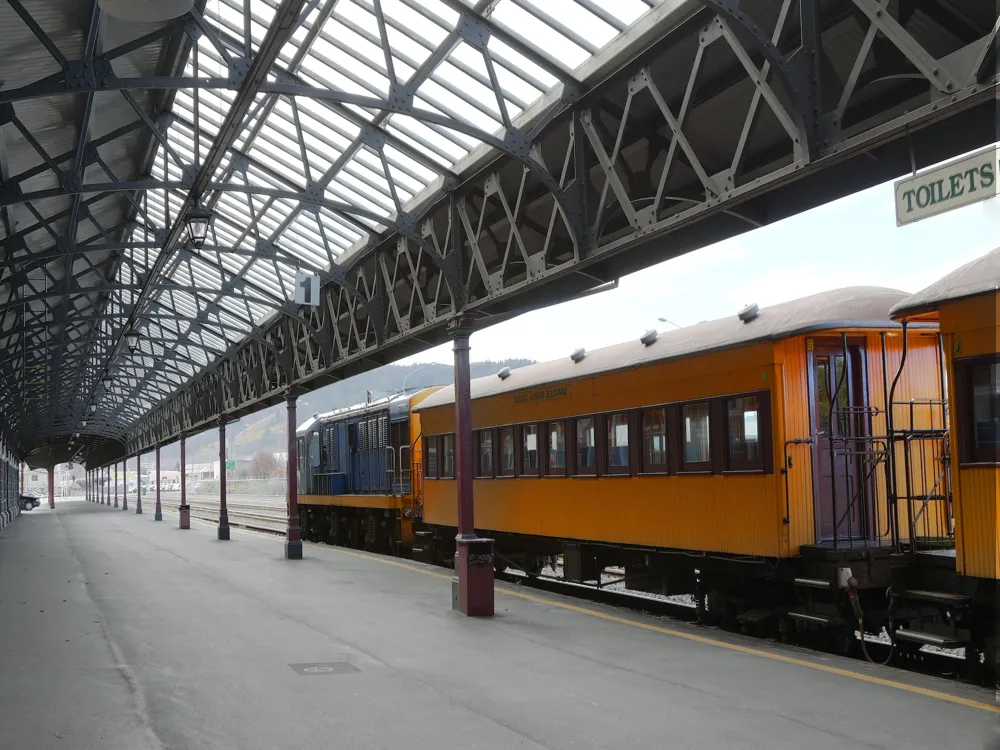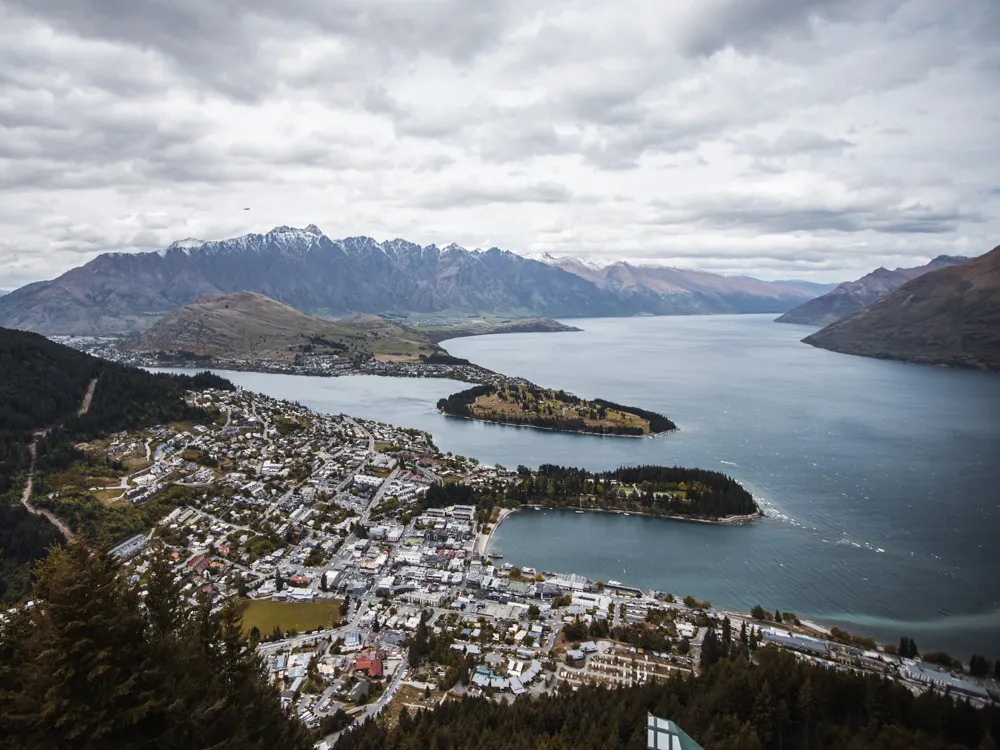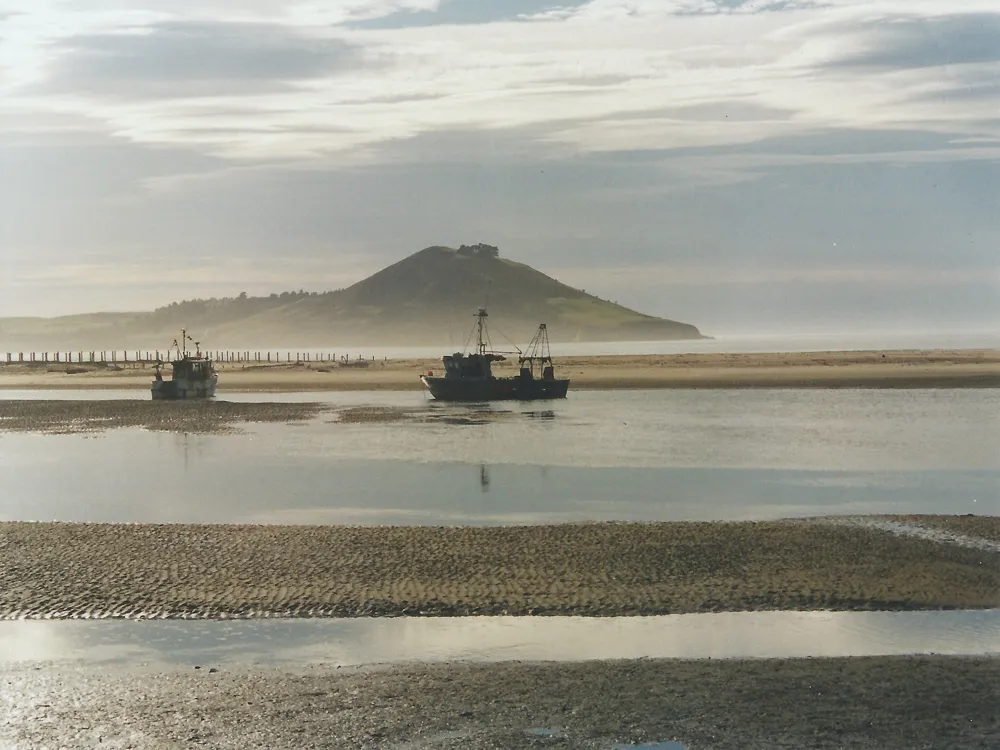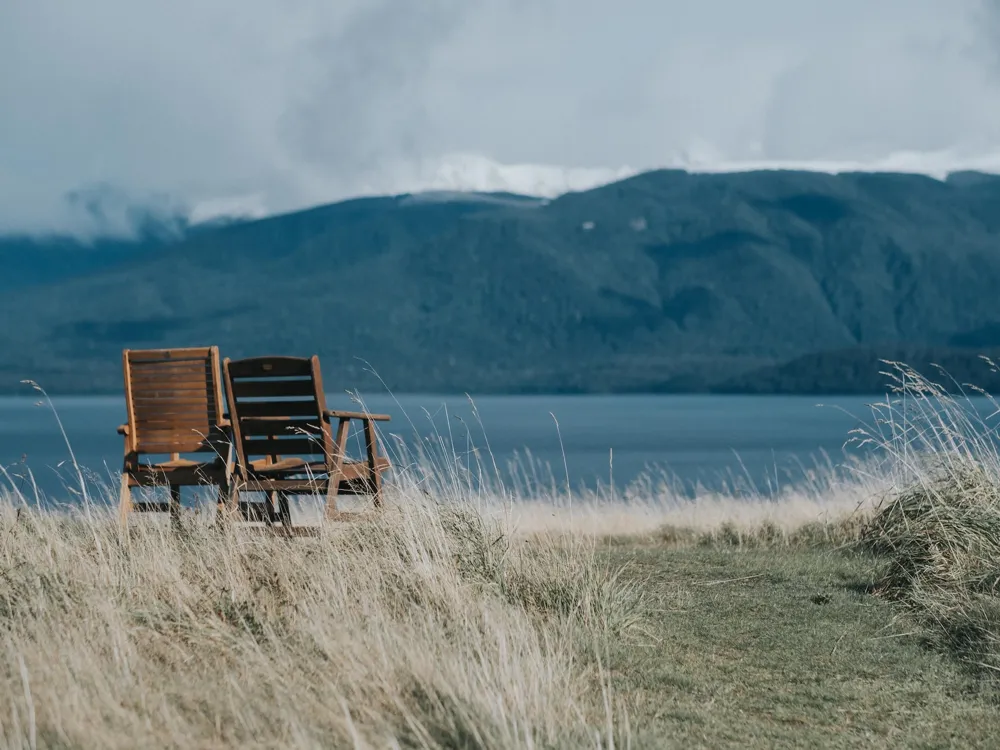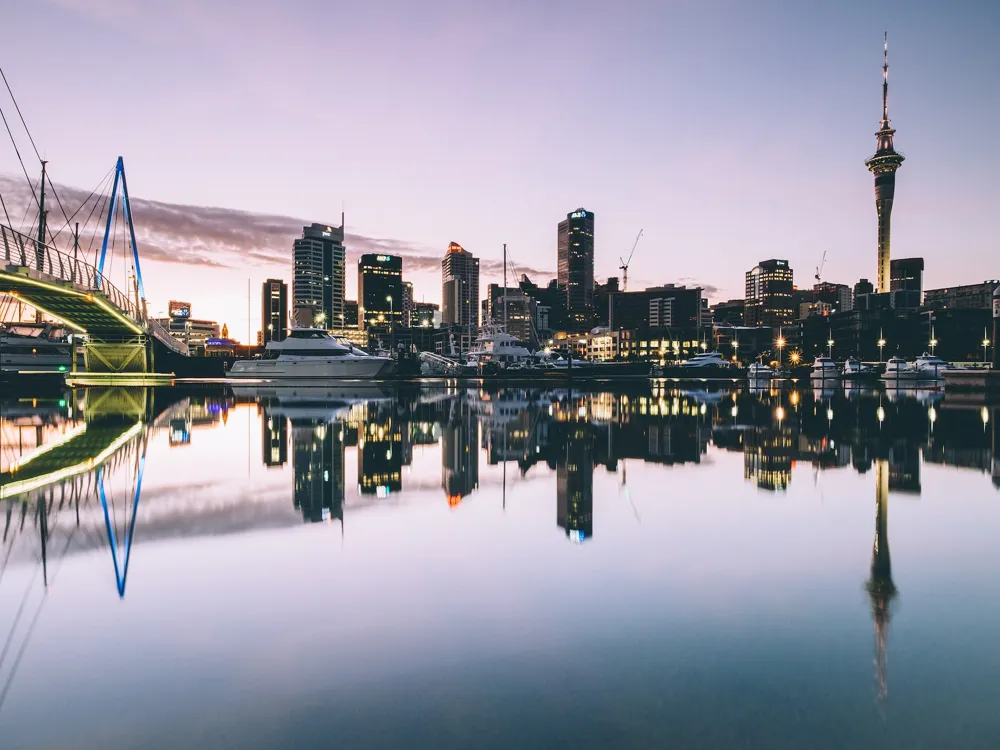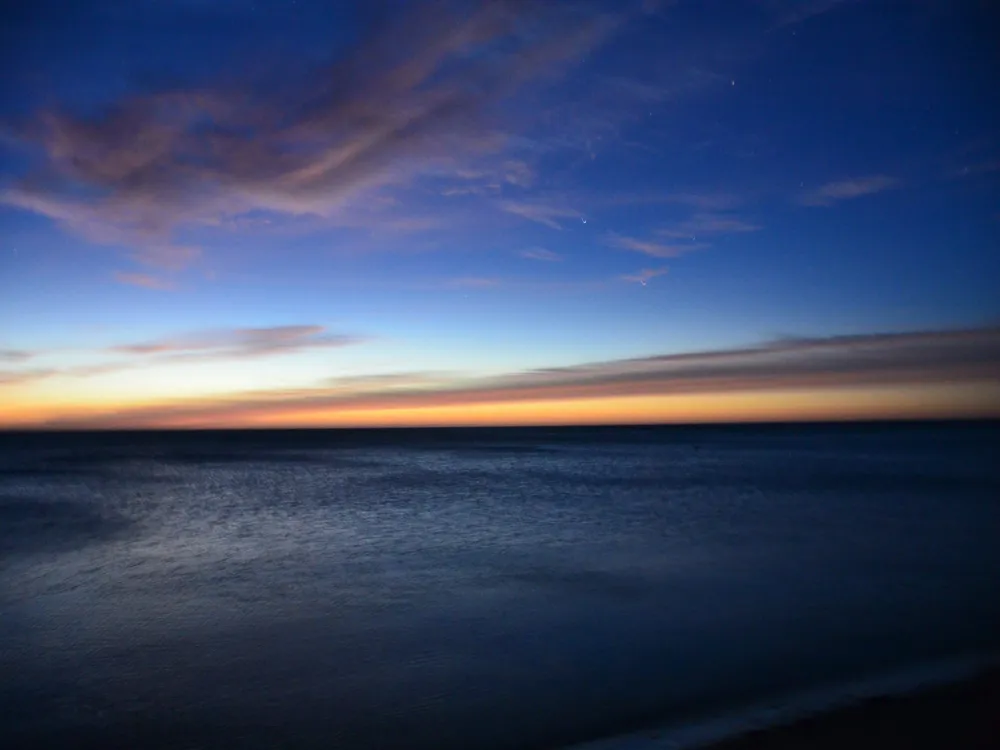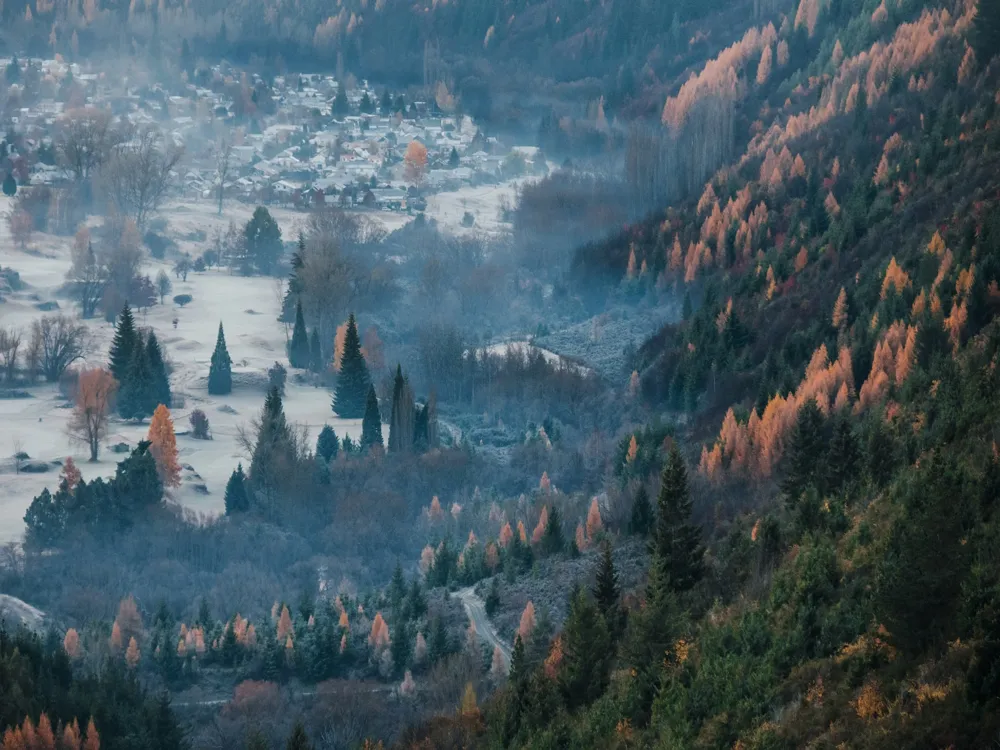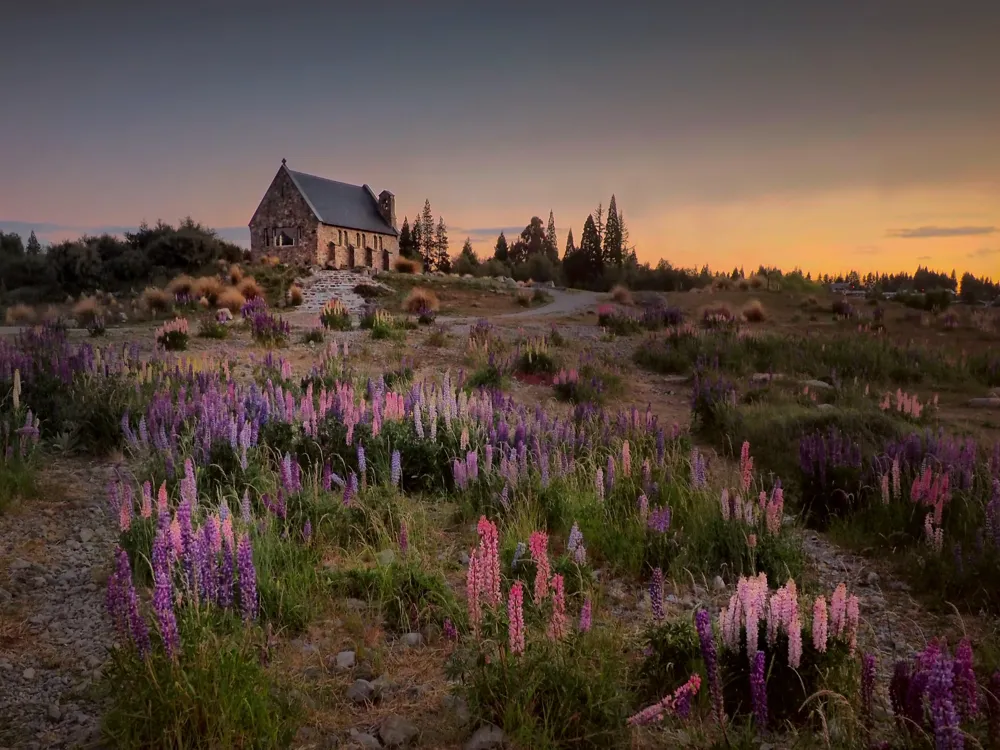Dunedin, a picturesque city in New Zealand's South Island, is renowned for its unique blend of cultural heritage, natural beauty, and vibrant academic life. Known as the Edinburgh of the South, it mirrors its Scottish heritage in its splendid Victorian and Edwardian architecture. The city's heart beats around The Octagon, a lively area filled with bars, cafés, and public art, leading to the bustling George Street, known for its diverse shopping experiences. Dunedin's natural landscape is equally impressive, with the stunning Otago Peninsula providing a haven for wildlife enthusiasts. Here, you can find rare yellow-eyed penguins, fur seals, and the only mainland breeding colony of the royal albatross. The city's backdrop is formed by rolling hills and the serene waters of the Otago Harbour, offering breathtaking views and outdoor adventures. From the city's love for rugby to the iconic Cadbury Chocolate Carnival, Dunedin is a city of festivals and fun, encapsulating the spirit of southern New Zealand. Dunedin's story is a tapestry of Maori heritage, Scottish roots, and a gold rush legacy. The Maori people, the city's original inhabitants, named the area 'Otepoti.' The arrival of Scottish settlers in the 19th century marked a transformative era, and the city was renamed Dunedin, the Gaelic name for Edinburgh. The discovery of gold in Central Otago in the 1860s turned Dunedin into New Zealand's commercial hub, attracting a myriad of people and cultures. This rich history is reflected in the city's museums, galleries, and cultural festivals. Dunedin's diverse landscape ranges from sandy beaches to rugged coastlines and lush forests. The Otago Peninsula, a wildlife paradise, offers unique opportunities to observe albatrosses, penguins, and sea lions in their natural habitat. The city's numerous walking and cycling tracks, like the Signal Hill and the Ross Creek Reservoir, provide a serene escape into nature. The nearby Larnach Castle's gardens offer a glimpse of Victorian horticulture and breathtaking views of the peninsula. Home to the University of Otago, New Zealand's first university, Dunedin is a thriving student city. The campus, known for its stunning gothic revival architecture, adds a youthful vibrancy to the city. The presence of students from around the world contributes to Dunedin's cosmopolitan atmosphere, making it a hub for innovation, research, and cultural exchange. Dunedin's architecture is a vivid chronicle of its Scottish heritage and rich history. The cityscape is dominated by grand Victorian and Edwardian buildings, which stand as testaments to Dunedin's prosperity during the Otago gold rush. One of the city's architectural jewels is the Dunedin Railway Station, a Renaissance Revival masterpiece known for its intricate mosaic floors, stained glass windows, and majestic clock tower. Another iconic structure is the Larnach Castle, New Zealand's only castle, boasting a unique blend of Scottish baronial and Gothic revival styles. Its meticulously landscaped gardens are as famous as the castle itself. The University of Otago's historic buildings, particularly the Clocktower Building, are prime examples of Gothic revival architecture, their grandeur echoing the educational aspirations of the early settlers. Beyond the grand public buildings, Dunedin's residential architecture is characterized by charming Edwardian and Victorian homes. Baldwin Street, recognized as the world's steepest street, is lined with picturesque houses that offer a slice of local life and history. These homes, with their ornate facades and lush gardens, add to the city's quaint and historical charm. In recent years, Dunedin has embraced contemporary architectural styles, blending the old with the new. Modern structures, designed with sustainability in mind, are rising, adding a fresh dimension to the city's skyline. The city's approach to architectural development reflects its commitment to preserving heritage while fostering innovation and growth. Dunedin's commitment to preserving its architectural heritage is evident in the meticulous restoration of historic buildings. Initiatives like the Heritage Fund encourage the maintenance and restoration of heritage properties, ensuring that the city's architectural legacy continues to be a source of pride and history for future generations. The best time to visit Dunedin is during the summer months (December to February) when the weather is warm and conducive to exploring the outdoors. However, spring (September to November) and autumn (March to May) also offer pleasant temperatures and fewer crowds. Dunedin is well-served by public transport, with buses being the primary mode of travel within the city. Renting a car is recommended for exploring the Otago Peninsula and other remote areas. Walking is also a great way to experience the city's architecture and street art. Accommodation options in Dunedin range from luxury hotels and historic bed-and-breakfasts to budget-friendly hostels and campgrounds. Booking in advance is recommended, especially during peak tourist seasons and university events. Dunedin offers a vibrant food scene with a focus on fresh, local produce. Don't miss trying the local seafood, especially the famous Bluff oysters. The city is also home to excellent cafés and a burgeoning craft beer scene. Respect for the Maori culture is important in Dunedin. When visiting sacred Maori sites, follow guidelines and respect any restrictions. The Kiwi ethos of friendliness and informality pervades, but do respect personal space and privacy. Dunedin is accessible by air, road, and rail. The Dunedin International Airport, located 30 kilometers from the city center, offers flights from major cities in New Zealand and Australia. Long-distance bus services and scenic train routes connect Dunedin with other parts of New Zealand. The city's road network also makes it an easy drive from nearby cities and towns. For international travelers, connecting flights from Auckland, Wellington, or Christchurch are the most common routes to Dunedin. The journey offers an opportunity to experience the stunning landscapes of New Zealand, making the travel itself a part of the Dunedin adventure.Overview of Dunedin
History and Heritage
Natural Attractions
Academic Life
Architecture of Dunedin
Residential Architecture
Modern Developments
Preservation Efforts
Tips When Visiting Dunedin
Best Time to Visit
Getting Around
Accommodation
Local Cuisine
Cultural Etiquette
How To Reach Dunedin
Dunedin Public Art Gallery
Dunedin
₹ 142,000 onwards
View dunedin Packages
Weather :
Tags : Art Gallery
Timings : 10:00 AM - 5:00 PM
Time Required : 2-3 hours
Entry Fee : Free
Planning a Trip? Ask Your Question
Dunedin Travel Packages
View All Packages For Dunedin
Top Hotel Collections for Dunedin

Private Pool

Luxury Hotels

5-Star Hotels

Pet Friendly
Top Hotels Near Dunedin
Other Top Ranking Places In Dunedin
View All Places To Visit In dunedin
View dunedin Packages
Weather :
Tags : Art Gallery
Timings : 10:00 AM - 5:00 PM
Time Required : 2-3 hours
Entry Fee : Free
Planning a Trip? Ask Your Question
Dunedin Travel Packages
View All Packages For Dunedin
Top Hotel Collections for Dunedin

Private Pool

Luxury Hotels

5-Star Hotels

Pet Friendly







